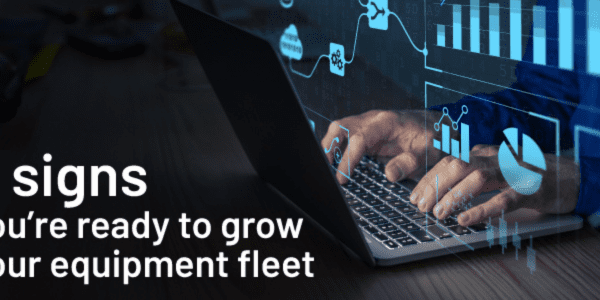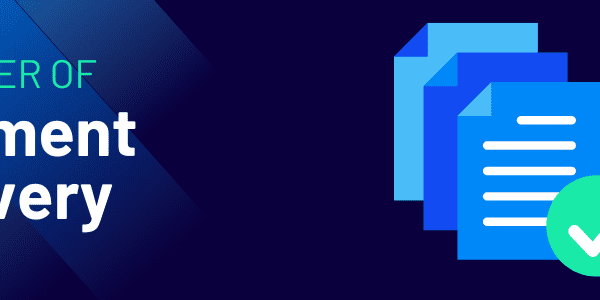
For most of the rental industry’s history, once an asset left the yard, rental companies had zero visibility over its usage until it was returned. Because of that lack of real-time oversight, the primary force discouraging customers from going beyond the terms of their rental contract was the honor system. And while it can be safely assumed that most customers abided by the strictures they agreed to, a subset of clients were free to underreport their hours of operation and use their rentals at unsanctioned locations without recourse. This challenge with underreported asset usage continues to plague many rental companies to this day, costing the industry untold amounts of missed profits (incurred from incomplete billing).
Then, in the early 2000s, the first wave of commercially affordable telematics devices began to be adopted by the equipment rental industry in a big way. While underwhelming by today’s standard, these early devices ushered in a paradigm shift for the rental industry. Thanks to the real-time usage and GPS data provided by telematics, no longer are rental companies dependent on the lawfulness of their customers in order to rightfully bill overage charges when appropriate. Instead of having to persistently chase down customers well after an asset was returned (as they previously had to do), telematics enable branch managers to address instances of overuse as they occurred, streamlining the overage charge collection process to great effect.
In this blog, we’ll be exploring three benefits of telematics as related to maximizing billable usage:
Faster, Easier Collection of Overage Fees
As previously explained, without telematics, rental companies are only able to know if one of their assets had been used outside the parameters of its associated rental contract once its checked back in. Naturally, once customers are no longer in need of any particular asset, getting a hold of them to followup on overage charges often proves highly difficult, and above all else, time-consuming. Persistently picking up the phone and sending out emails can quickly consume hours each week, and most rental AR teams have enough on their plates as it is. But with telematics, by addressing overage charges with customers while they are still in possession of the asset in question, collecting these fees becomes dramatically faster and easier.
Improved Transparency to Customers
It goes without saying that no one enjoys receiving unexpected charges. But when it comes to preserving customer relationships, properly conveying the reasoning behind additional charges can go a long way to maintain customer satisfaction. With regards to overage charges, customers are far more likely to accept them when rental companies have impartial and inarguable data to point to. Through their asset monitoring and GPS tracking functionalities, telematics devices provide such data. By referring to the data provided by telematics devices, rental companies can frame overage charges as a fair and logical consequence of violating a rental contract, instead of an arbitrary blindsiding.
A Consistent Source Revenue
And finally, and perhaps most meaningfully, the steady stream of revenue telematics devices provide via complete billing for usage can contribute a great deal to any rental company’s bottom line. Contrary to what their customers might think, unsanctioned use of equipment isn’t without consequence to rental companies. Excessive use requires additional maintenance, an added cost rental companies are forced to absorb to maintain their fleet in optimal condition. By ensuring that no instance of overuse is swept under the rug, rental companies can simultaneously derive additional revenue and cover supplementary expense thanks to telematics.





